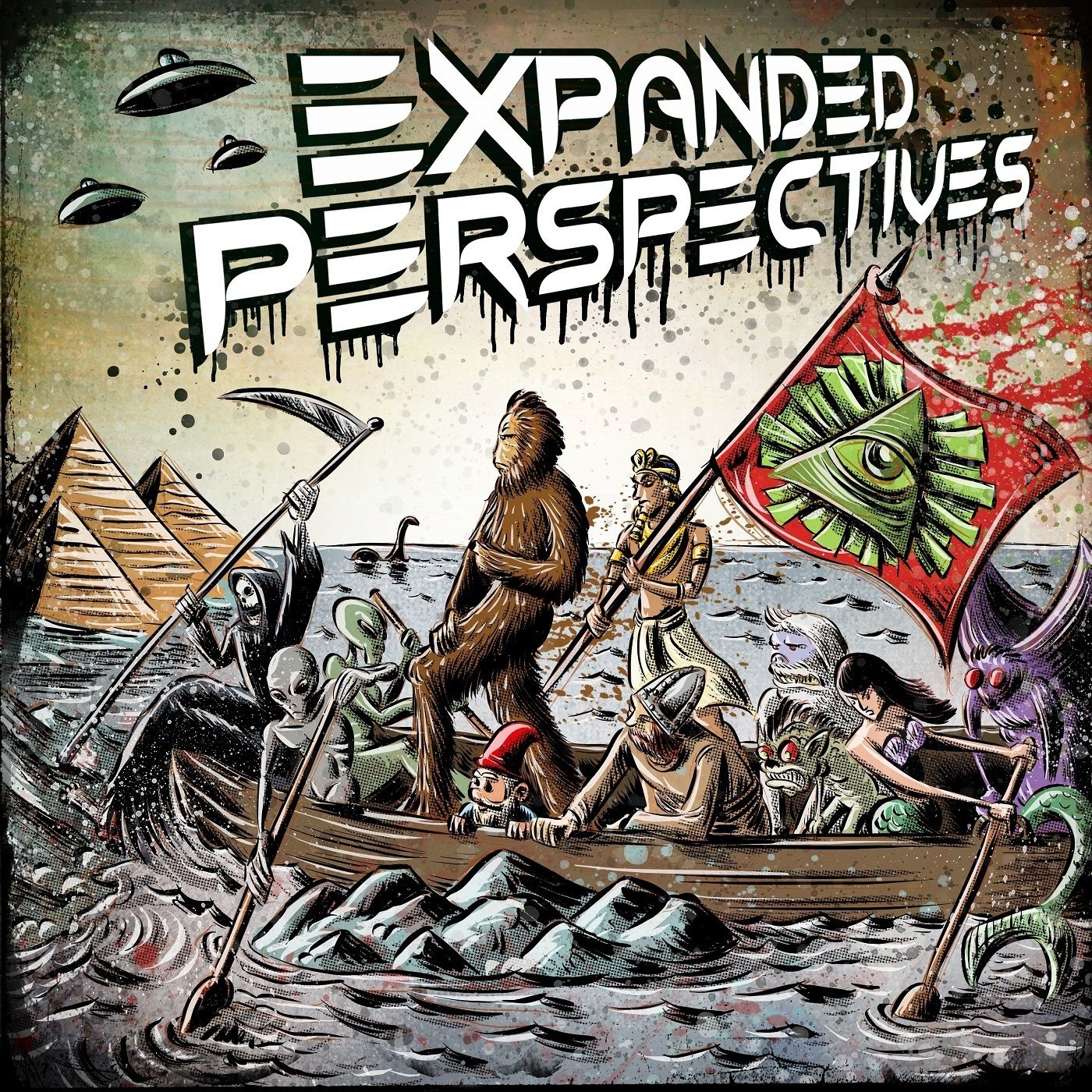- Society & Culture
- Philosophy
- SEE MORE
- classical
- general
- talk
- News
- Family
- Bürgerfunk
- pop
- Islam
- soul
- jazz
- Comedy
- humor
- wissenschaft
- opera
- baroque
- gesellschaft
- theater
- Local
- alternative
- electro
- rock
- rap
- lifestyle
- Music
- como
- RNE
- ballads
- greek
- Buddhism
- deportes
- christian
- Technology
- piano
- djs
- Dance
- dutch
- flamenco
- social
- hope
- christian rock
- academia
- afrique
- Business
- musique
- ελληνική-μουσική
- religion
- World radio
- Zarzuela
- travel
- World
- NFL
- media
- Art
- public
- Sports
- Gospel
- st.
- baptist
- Leisure
- Kids & Family
- musical
- club
- Culture
- Health & Fitness
- True Crime
- Fiction
- children
- Society & Culture
- TV & Film
- gold
- kunst
- música
- gay
- Natural
- a
- francais
- bach
- economics
- kultur
- evangelical
- tech
- Opinion
- Government
- gaming
- College
- technik
- History
- Jesus
- Health
- movies
- radio
- services
- Church
- podcast
- Education
- international
- Transportation
- Other
- kids
- podcasts
- philadelphia
- Noticias
- love
- sport
- Salud
- film
- and
- 4chan
- Disco
- Stories
- fashion
- Arts
- interviews
- hardstyle
- entertainment
- humour
- medieval
- literature
- alma
- Cultura
- video
- TV
- Science
- en
Christopher Columbus Day Special

On this Columbus Day Special the boys talk about the interesting activity known as LARPing. LARP stands for Live Action Role Playing. Then they discuss some things about Christopher Columbus himself. Some of the common misconceptions surrounding his life and his accomplishments. In the second segment the incredible story of the Bat Creek Stone is discussed. The Bat Creek inscription (also called the Bat Creek stone or Bat Creek tablet) is an inscribed stone collected as part of a native American burial mound excavation in Loudon County, Tennessee, in 1889 by the Smithsonian Bureau of Ethnology's Mound Survey, directed by entomologist Cyrus Thomas. The inscriptions were initially described as Cherokee but are now believed to be paleo-hebrew. Finally, in 53BC 10,000 Roman soldiers disappeared after a disastrous battle. Today they may have been found in the DNA of Chinese villagers in the Gobi Desert. Below are some of the misconceptions about Christopher Columbus------------------------------------> 1. Columbus didn’t set out to prove the earth was round. Forget those myths perpetuated by everyone from Washington Irving to Bugs Bunny. There was no need for Columbus to debunk the flat-earthers—the ancient Greeks had already done so. As early as the sixth century B.C., the Greek mathematician Pythagoras surmised the world was round, and two centuries later Aristotle backed him up with astronomical observations. By 1492 most educated people knew the planet was not shaped like a pancake. 2. Columbus was likely not the first European to cross the Atlantic Ocean. That distinction is generally given to the Norse Viking Leif Eriksson, who is believed to have landed in present-day Newfoundland around 1000 A.D., almost five centuries before Columbus set sail. Some historians even claim that Ireland’s Saint Brendan or other Celtic people crossed the Atlantic before Eriksson. While the United States commemorates Columbus—even though he never set foot on the North American mainland—with parades and a federal holiday, Leif Eriksson Day on October 9 receives little fanfare. 3. Three countries refused to back Columbus’ voyage. For nearly a decade, Columbus lobbied European monarchies to bankroll his quest to discover a western sea route to Asia. In Portugal, England and France, the response was the same: no. The experts told Columbus his calculations were wrong and that the voyage would take much longer than he thought. Royal advisors in Spain raised similar concerns to King Ferdinand and Queen Isabella. Turns out the naysayers were right. Columbus dramatically underestimated the earth’s circumference and the size of the oceans. Luckily for him, he ran into the uncharted Americas. 4. Nina and Pinta were not the actual names of two of Columbus’ three ships. In 15th-century Spain, ships were traditionally named after saints. Salty sailors, however, bestowed less-than-sacred nicknames upon their vessels. Mariners dubbed one of the three ships on Columbus’s 1492 voyage the Pinta, Spanish for “the painted one” or “prostitute.” The Santa Clara, meanwhile, was nicknamed the Nina in honor of its owner, Juan Nino. Although the Santa Maria is called by its official name, its nickname was La Gallega, after the province of Galicia in which it was built. 5. The Santa Maria wrecked on Columbus’ historic voyage. On Christmas Eve of 1492, a cabin boy ran Columbus’s flagship into a coral reef on the northern coast of Hispaniola, near present-day Cap Haitien, Haiti. Its crew spent a very un-merry Christmas salvaging the Santa Maria’s cargo. Columbus returned to Spain aboard the Nina, but he had to leave nearly 40 crewmembers behind to start the first European settlement in the Americas—La Navidad. When Columbus returned to the settlement in the fall of 1493, none of the crew were found alive. 6. Columbus made four voyages to the New World. Although best known for his historic 1492 expedition,